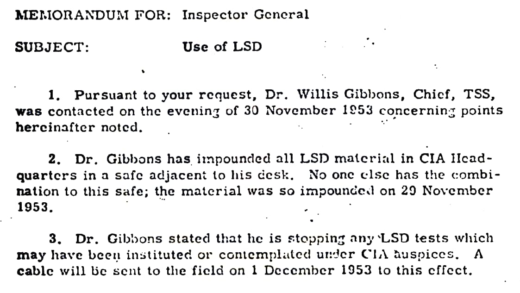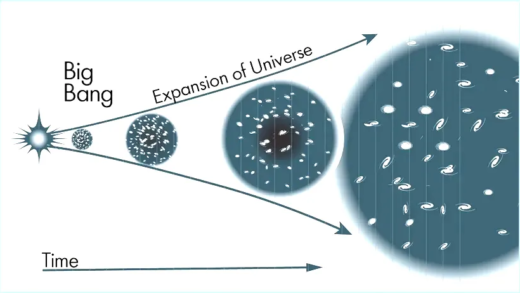Eddy-current speedometers are essential devices that measure vehicle speed through unique components like the drive cable and speedcup. Regular maintenance is crucial to prevent common issues such as erratic readings and inaccuracies. Comparing eddy-current speedometers to other types, such as digital and GPS speedometers, reveals their reliability and simplicity.
Key Components of an Eddy-Current Speedometer
Eddy-current speedometers are fascinating devices that measure vehicle speed using unique principles of electromagnetism. The main components of an eddy-current speedometer include:
- Magnet: Generates a magnetic field essential for creating eddy currents.
- Speedcup: Rotates in response to vehicle speed, interacting with the magnetic field.
- Drive Cable: Connects the speedometer to the vehicle’s transmission, transferring rotational speed data.
- Housing: Protects internal components and provides a connection point for the speedometer’s display.
- Spring: Returns the speedcup to its original position after the vehicle slows down.
Understanding these components is crucial for anyone interested in automotive technology. Each part plays a significant role in ensuring accurate speed readings, making the eddy-current speedometer a reliable instrument.
The Drive Cable Function
The drive cable is a vital component in an eddy-current speedometer. It transmits rotational speed from the vehicle’s transmission to the speedometer. As the vehicle moves, the transmission spins the drive cable, which in turn rotates the speedcup inside the speedometer.
This mechanism allows the speedometer to display real-time speed accurately. It’s essential for the drive cable to be in good condition, as any wear or damage can lead to incorrect speed readings. Regular maintenance checks can prevent issues, ensuring that the drive cable functions smoothly.
The Role of the Speedcup
The speedcup is a critical element in measuring speed within an eddy-current speedometer. When the drive cable spins, it causes the speedcup to rotate within a magnetic field created by the magnet. This interaction generates eddy currents in the speedcup, which produce a magnetic field that opposes the original field.
The result is a force that moves the speedcup. The faster the vehicle moves, the greater the speedcup’s rotation, leading to a higher speed reading on the display. Understanding the speedcup’s role helps in recognizing how speed is measured accurately and highlights the importance of maintaining this component for reliable performance.
Understanding Eddy Currents in Speedometers
Eddy currents are pivotal in the operation of an eddy-current speedometer. When the speedcup rotates within the magnetic field generated by the magnet, it induces these currents. Essentially, eddy currents are loops of electric current created within conductors by a changing magnetic field. The interaction between the rotating speedcup and the magnetic field generates these currents, which in turn create their own magnetic field.
This opposing magnetic field interacts with the original field, producing a force that moves the speedcup. The faster the vehicle travels, the quicker the speedcup rotates, leading to a more significant reading on the speedometer. The efficiency of this process is crucial for accurate speed measurement, making understanding eddy currents fundamental for anyone working with automotive technologies.
The Significance of Each Component
Each part of an eddy-current speedometer plays a vital role in ensuring accurate speed readings. The components include:
- Magnet: Essential for generating the magnetic field required for eddy currents.
- Speedcup: Measures the speed accurately by responding to the magnetic field.
- Drive Cable: Transfers rotational speed data from the transmission to the speedometer.
- Housing: Protects internal components and connects to the speedometer’s display.
- Spring: Ensures the speedcup returns to its original position when the vehicle slows down.
Understanding the significance of these components is crucial. A malfunction in any part can lead to inaccurate speed readings, which can affect driving safety. Thus, regular maintenance of each component is essential for optimal performance.
Impacts of Malfunctioning Components
When components of an eddy-current speedometer fail, the consequences can be significant. For instance:
- Drive Cable Failure: If the drive cable becomes worn or breaks, the speedometer may display incorrect speed, leading to potential speeding violations.
- Speedcup Issues: A damaged speedcup can result in erratic readings, making it difficult for the driver to gauge speed accurately.
- Magnet Malfunction: If the magnet loses its strength, it can weaken the eddy currents, resulting in inaccurate speed measurements.
- Spring Problems: A faulty spring can prevent the speedcup from returning to its original position, causing persistent high readings.
In conclusion, maintaining the integrity of each component is critical to prevent malfunctions. Regular checks and timely replacements can ensure that the eddy-current speedometer operates accurately, providing reliable speed readings essential for safe driving.
Maintenance Tips for Drive Cable and Speedcup
Maintaining the drive cable and speedcup is essential for the longevity and accuracy of an eddy-current speedometer. Proper care ensures that these components function correctly and provide reliable speed readings.
- Regular Inspections: Check the drive cable for any signs of wear, fraying, or damage. A compromised cable can lead to incorrect speed readings.
- Lubrication: Ensure the drive cable is adequately lubricated. This helps reduce friction and wear, promoting smooth operation.
- Cleaning the Speedcup: Dust and debris can accumulate on the speedcup. Regular cleaning helps maintain its accuracy. Use a soft cloth to wipe it down gently.
- Check for Alignment: Ensure that the drive cable is properly aligned with the vehicle’s transmission. Misalignment can lead to premature wear.
- Replace When Necessary: If you notice any issues or excessive wear, replace the drive cable or speedcup immediately to avoid further complications.
Following these maintenance tips will help keep your eddy-current speedometer in top shape, ensuring accurate speed readings and prolonging the lifespan of its components.
Common Issues with Eddy-Current Speedometers
Eddy-current speedometers, while reliable, can encounter several common issues that users should be aware of. Identifying these problems early can save time and money.
- Erratic Readings: This can occur due to a malfunctioning speedcup or drive cable. Any irregularities can lead to fluctuating speed measurements.
- Inaccurate Speed Display: If the drive cable is damaged or not functioning correctly, the speedometer may display incorrect speed, which could lead to speeding violations.
- No Readings: A completely non-functional speedometer can result from a broken drive cable or an issue with the magnet. Immediate inspection is required in such cases.
- Calibration Issues: If the speedometer has not been calibrated correctly after installation, it may give inaccurate readings. Regular calibration checks are essential.
- Magnet Weakness: Over time, the magnet may lose its strength, reducing the effectiveness of the eddy currents generated. Replacement may be necessary.
Being aware of these common issues allows for prompt action and ensures the proper functioning of your eddy-current speedometer.
Comparing Eddy-Current Speedometers to Other Types
Eddy-current speedometers are just one of many speedometer designs available today. Understanding how they compare to other types can help consumers make informed choices.
- Mechanical Speedometers: These use gears and cables to measure speed, while eddy-current speedometers rely on electromagnetic principles. Eddy-current types are generally more accurate and require less maintenance.
- Digital Speedometers: Digital versions provide a readout using electronic sensors, offering greater precision. However, they may be more susceptible to electrical issues compared to eddy-current models.
- GPS Speedometers: These use satellite signals to determine speed. While accurate, they can be affected by signal loss in tunnels or urban areas, unlike eddy-current speedometers, which function independently of GPS.
- Advantages of Eddy-Current Models: They are known for their simplicity, reliability, and durability. They perform well in various conditions, making them a popular choice for many vehicle manufacturers.
In summary, while there are various types of speedometers available, eddy-current speedometers stand out for their reliability and accuracy, making them a preferred choice in many automotive applications.





Comments are closed.